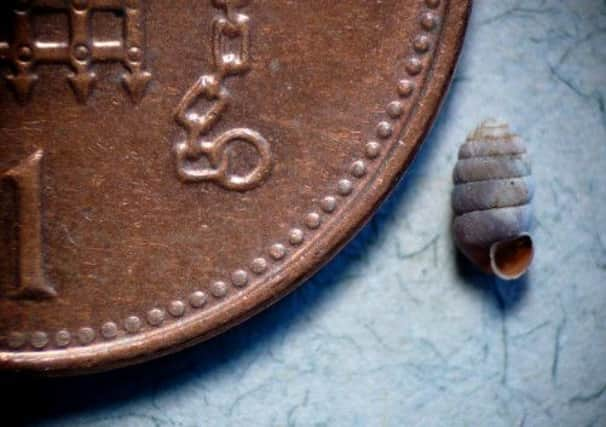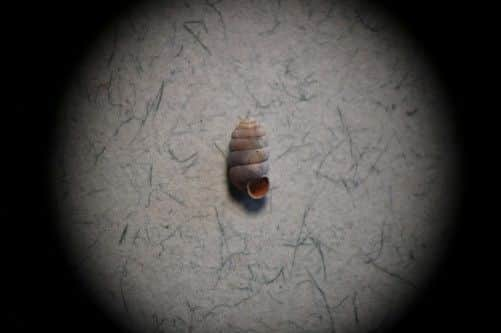Snail size of grain of rice found in Highlands


The rare creature, which goes by the name Pupilla pratensis, has only been recorded once before in Britain and is more typically found in Scandinavia and Poland. It measures just 4mm long by about 1.5mm wide.
It was discovered at Braelangwell Wood, a site of special scientific interest, on the Black Isle in the Highlands. The only other previous discovery in Britain was also made on the Black Isle.
Advertisement
Hide AdAdvertisement
Hide AdThe latest sighting of the snail was made two miles south-west of Balblair, which has nationally important woodland, springs, flies and snails.


Scottish Natural Heritage regularly monitors Braelangwell Wood and other protected areas to ensure that they are in good condition.
The discovery was made last summer by specialist Ian Killeen, who surveyed two other snail species. He said: “I was very pleased with what I found. Not only was the habitat for the snails – calcium-rich wetland – in excellent condition, but there were also very high densities of the two main species for which the site is designated: Geyer’s whorl snail and the round Highlands-mouthed whorl snail, at up to 384 per square metre in the central part of the site.
“Then we had the added bonus of this new record.”
Nicola Tallach, SNH area officer for the Inner Moray Firth, added: “We are always happy to be bearers of good news about protected sites such as this.
“It is also worth remembering that these tiny creatures – which may be missed by the casual observer – are just as important as the larger and more obvious animals for which the Highlands are famous.”
The Pupilla pratensis is described as a species of minute air-breathing land snail – a terrastrialpulmonate gastropod mollusc or micro-mollusc in the family Pupillidae.
Pupilla pratensis was originally described by German malacologist Stefan Clessinin 1871.
In 2009, Pupilla pratensis was elevated to species level. It was misidentified as other snail species before 2009.
Advertisement
Hide AdAdvertisement
Hide AdThe shell of the species is dark to brown, translucent and thin, with fine and distinct growth lines. The distribution of Pupilla pratensis includes central Europe to north Scandinavia and Scotland.
The 67-hectare Braelangwell Wood was designated a site of special scientific interest in 1985. It is considered important by SNH for its mixture of woodland and other habitats. The presence of calcareous springs and their associated vegetation and fauna is unusual in the Easter Ross area.
The woodland is dominated by birch and Scots pine, over acid soils derived from old red sandstone rocks. Alder is abundant in the wetter areas.
The calcareous springs are dominated by populations of nationally rare invertebrates, including whorled snails and the solder fly.